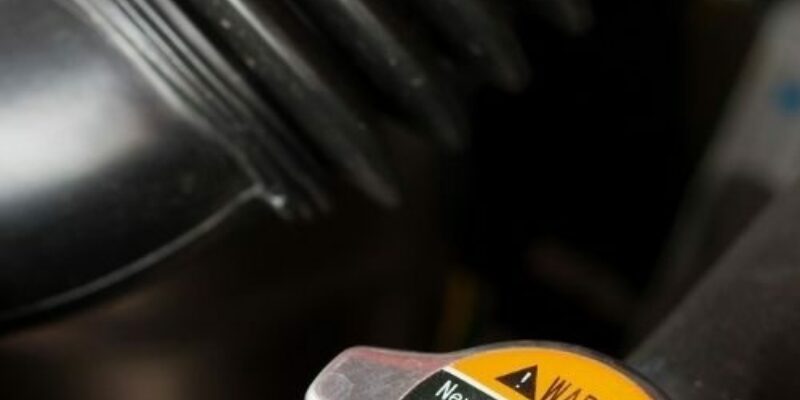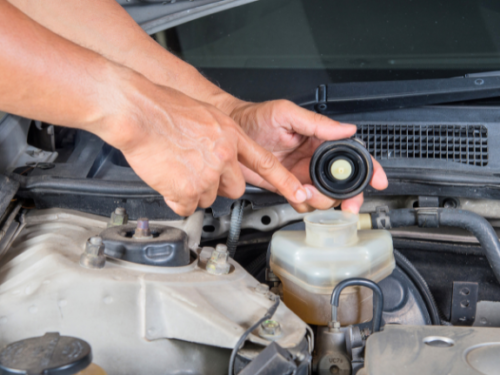
If your car has power steering you will need to make sure that the system is operating effectively on a regular basis. If you're not sure whether or not you have power steering, try steering at low speed. If you can do this without any real effort, then you have power steering. In a nutshell, power steering uses an external power source that reduces the amount of effort that you have to put into steering the car by helping the wheels to turn.

Maintaining the Power Steering System
Power steering hoses suffer from a lot more wear and tear in newer cars than they used to in older versions. Operating temperatures can range between 150-250 degrees Fahrenheit and to combat this problem, newer cars have power steering pump cooling systems to reduce the heat.
However, high temperature pulses can cause the power steering hose to start to wear from the inside. Bits of the hose can break off and end up being carried through the system, causing problems with the strainer and valves. This can lead to a system breakdown.
Power Steering system hoses should be replaced after around 20,000 miles as a preventative measure, because after 20,000 miles the hoses start to become ineffective and more likely to fail. Checking the hoses for signs of wear, leaks or damage can often help find any hoses that need replacing. Changing the hoses before they fail will take away the need for expensive repairs of the steering pump and other parts of the power steering system, which can be brought about by damage to the hoses.
Checking Your Power Steering Fluid Levels
You should check your power steering fluid level as part of your weekly routine. Check underneath the car and make sure that you don't have a leak. If you do find a leak, you should have your car inspected by a qualified mechanic as soon as you can. If the power steering is leaking, it will soon stop working completely, very quickly, and so could lead to an extremely dangerous situation.

Under the Bonnet
- Unclip the bonnet and secure.
- Locate the power steering belts. The power steering pump usually has a clear plastic reservoir on it and wording on the cap will usually indicate that it is part of the power steering system. Check your owner’s manual first so you know what you are looking for.
- Check the fluid levels - look at the reservoir if it is the translucent plastic reservoir or unscrew the cap and check if it's a metal one.
- If there is a little dipstick just underneath the top cap. Remove the dipstick, wipe it clean with a paper towel or cloth, and put it back into the reservoir. Pull it out cleanly and read the gauge.
- There may also be a choice of reading the levels when 'hot' or 'cold', and if so, you'll need to choose the appropriate reading.
- If the fluid is below the minimum level you will need to top it up. Replace the fluid as required.
Bear in mind that power steering fluid isn't something that is 'used', like windscreen wash or oil - it shouldn't go down unless there is a problem or a leak. So, if you notice that your power steering fluid level has dropped below the minimum more than twice in 12 months, you should have it checked out because it could mean that there is a problem that could damage your power steering.
Warnings
You should also check the fluid levels if you hear a squealing noise when you are turning the wheel to a full lock in either direction. However, If you hear a grinding noise when turning the steering wheel at all, or the steering stiffens up, get to a garage as soon as possible because your power steering may be about to fail completely.
Disclaimer: The information in the article is for general purpose information only and should not be constituted as legal advice. This article has been produced by a third party and Jardine Motors does not take any responsibility for the completeness, accuracy, or reliability with respect to the website or the information provided. Article last updated October 2016.



